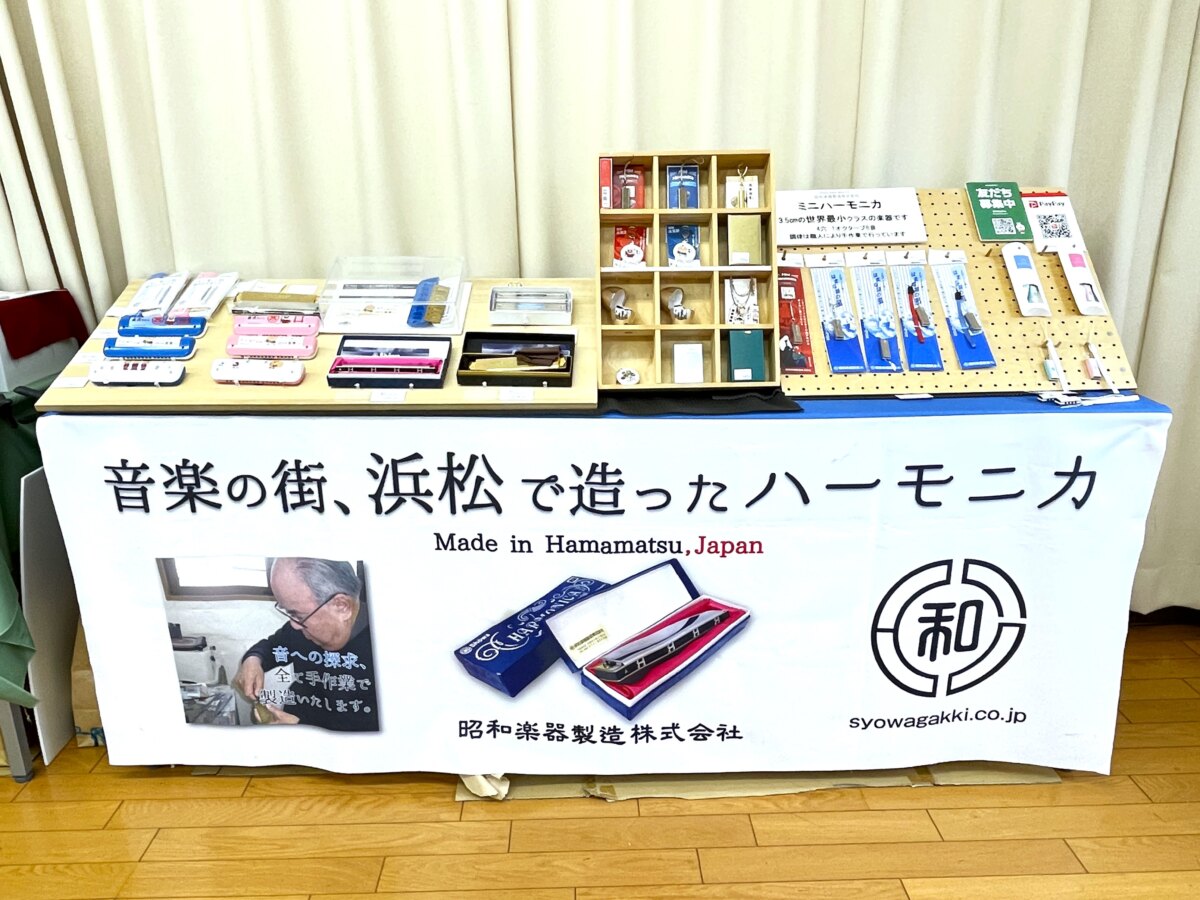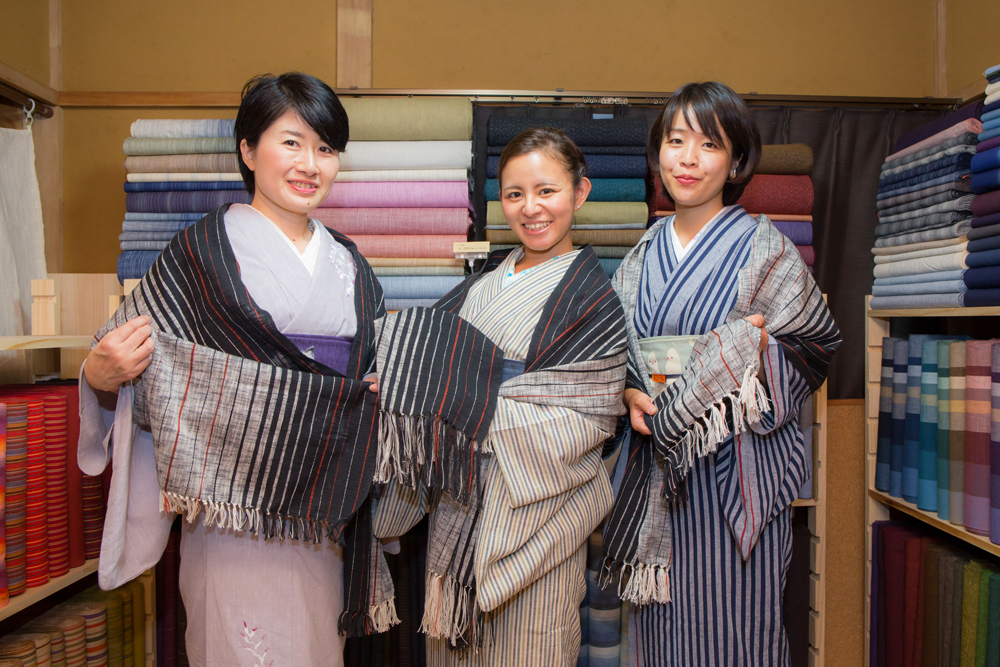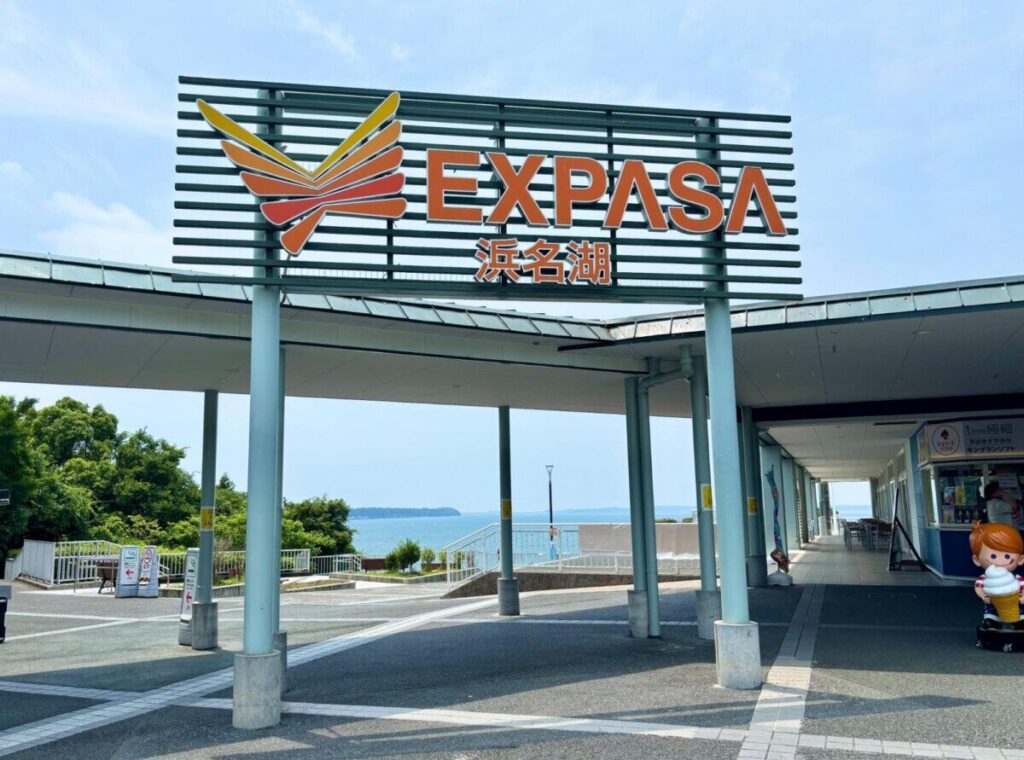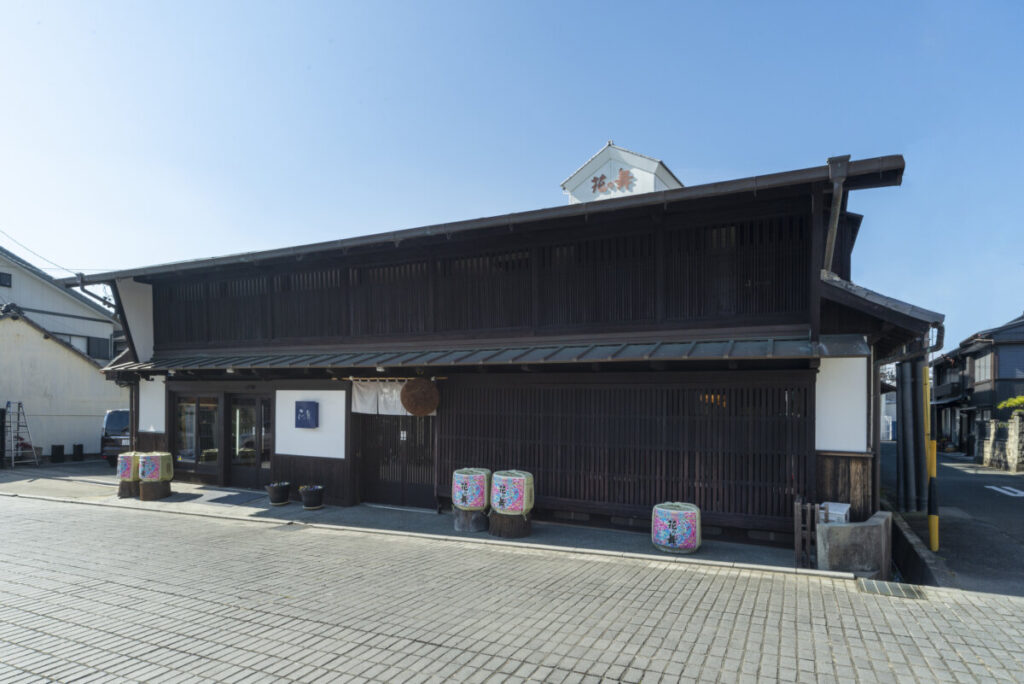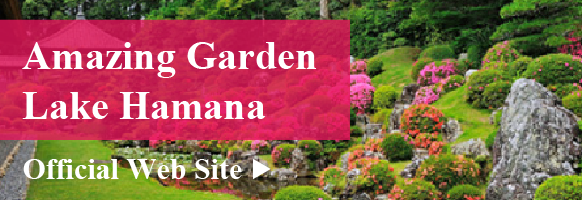Get to Know Hamamatsu

- Buy
Awarded Good Design Shizuoka! The Making of “Hasande Someru △ (Sankaku) Fujisan”
From Hamamatsu to beyond Shizuoka Prefecture and overseas, we introduce the Mt. Fuji-shaped dyeing product being promoted far and wide…
“Actually, I’m currently taking samples of this product to an exhibition in Paris, France.”
We visited the Koike factory of Muto Senkou Co., Ltd. in Chuo Ward, Hamamatsu City to interview “Dyeing and inserting △ (Triangle) Fujisan”, which won the [Special Award] at Good Design Shizuoka 2023.
The factory brand “YUBANA” will introduce Mt. Fuji-shaped dyed products that are being promoted from Hamamatsu, inside and outside the prefecture, and even overseas.
Dyeing chemistry experience kit “Dyeing and inserting △ (Triangle) Fujisan”

“Dyeing and inserting △ (Triangle) Fujisan” is a product created with the idea that “even children can experience dyeing, which is said to be the world of artisans!”
You can easily dye your handkerchief or tenugui at home.
This is an experience kit that makes it as simple as possible to perform the dyeing technique called “Itajime Shibori,” in which folded fabric is sandwiched between two wooden boards and then dyed.You can see how the dye soaks into the fabric and dyes it. Efforts have been made, such as the use of transparent acrylic panels for easy viewing.
The accompanying instructions explain how to make it with easy-to-understand photos, and the kanji are written in furigana.The product was developed through repeated trial and error, led by designers who are mothers raising children.
It also comes with everything you need for the dyeing experience, such as rubber bands and gloves, so there’s less preparation required.
(You can also watch a video on how to make it on Instagram.
「https://www.instagram.com/someya_yubana/」)
The way the fabric is folded into a triangle absorbs the dye from below, just like Mt. Fuji. It can be enjoyed by parents and children at home, or used for independent research.
The value of experience. Activities to expand the base of dyeing culture from Hamamatsu

When we spoke to President Mr. Muto of Muto Senko Co., Ltd. and factory manager Mr./Ms. Nagata, we learned that “Dyeing and inserting △ (Triangle) Fujisan ” is turning a crisis into an opportunity amidst a decline in factory operation due to the coronavirus pandemic. He says that this is a product that everyone came up with ideas for.
Muto Senko Co., Ltd. receives many requests for factory tours from local schools. However, it was not easy to allow children to tour the factory in operation due to space and manpower requirements, so they were looking for a better way to teach children about dyeing.
“I hope families can enjoy dyeing as a science experiment!” We created an experience kit, and it became popular because the folding shape and dyeing process resembled Mt. Fuji. We also offer color variations to make it easier for people to pick up the product, as well as additional kits that can be enjoyed by siblings.
“We want to have a fun way of conveying the dyeing factory and the skills of our craftsmen, which have a history of over 60 years!” says President Mr. Muto.
In hopes of contributing to SDGS efforts, the acrylic board used in the kit is reused from the acrylic partitions used by businesses and restaurants during the coronavirus pandemic to prevent droplet infection.
Good Design Shizuoka 2023 Special Award for new ideas that contribute to local industry
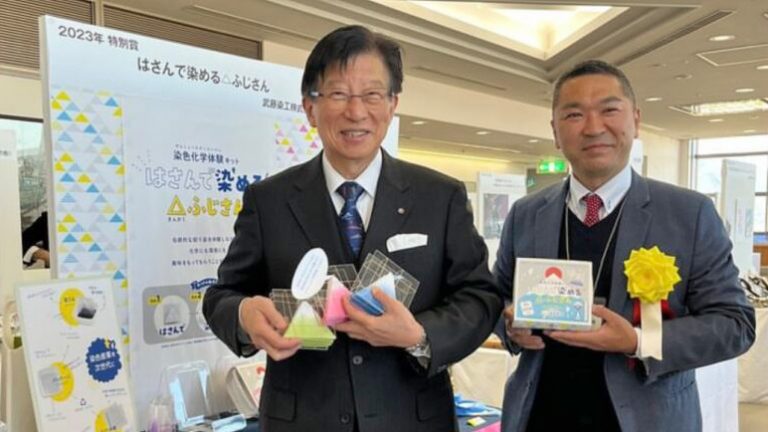
“Dyeing and inserting △ (Triangle) Fujisan” received the Good Design Shizuoka 2023 Special Award in recognition of its new idea that contributes to local industry.
The judges said, “Since the target audience is children, we hope that they will feel familiar with dyeing and pass it on to the next generation.Also, the fact that the dyeing process resembles Mt. Fuji shows the love for the local area.” ” and received an award from Governor Mr. Kawakatsu at the Shizuoka Prefectural Office.
It seems that the product is being exhibited at overseas exhibitions, and they are excited to convey the appeal of the product to other countries that are interested in Japanese culture and place value on experiences for parents and children.
In conjunction with the 10th anniversary of the Mt. Fuji World Heritage Site and Mt. Fuji Day on February 23rd, we are running a campaign on social media to promote the local charm of Mt. Fuji and dyeing culture.
Conveying the joy of dyeing and connecting the colors and techniques of Enshu dyeing to the future

President Mr. Muto took over the business from his predecessor in 2011, becoming the second generation president. We are moving forward with our 50 employees despite headwinds such as the corona shock and rising raw material and fuel costs.
We aim to be a factory that can flexibly respond to changes in the times by creating an environment within the company that allows for freedom in manufacturing, and by trusting the skills of our craftsmen and increasing what we can do in-house.
“The experience kit is a challenge to pass on the colors and techniques of Enshu dyeing to the future.I would be happy if the children who will be responsible for the future can feel familiar with dyeing.
While valuing traditional methods, the factory continues to take on the challenge of incorporating new technologies and processing methods, and continues to come up with products that will make customers smile.

■2023 Good Design Shizuoka Special Award Winner “Dyeing and inserting △ (Triangle) Fujisan” 1,980 yen
(*Additional kit with 5 colors to choose from is 880 yen)
In Hamamatsu City, you can purchase it at Hamamatsu Science Museum Miraira, Hamamatsu Festival Hall, etc.
In addition to responding to bulk orders such as those for schools, we are also looking for new suppliers.
Link: [YUBANA EC site]
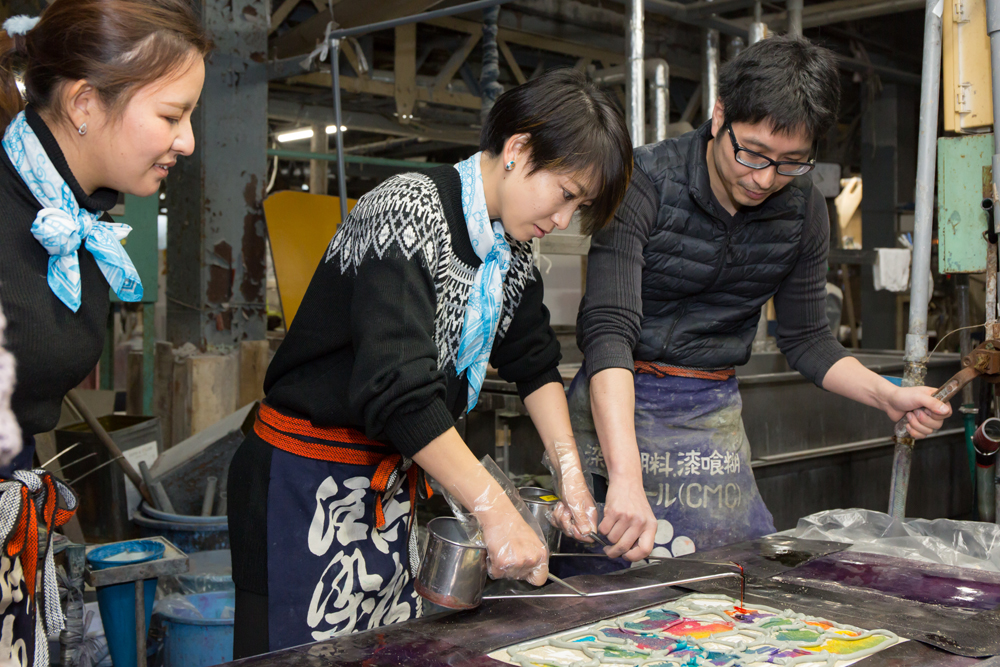
Experience Hamamatsu’s Trending Traditional Craft: Chusen Dyeing!
